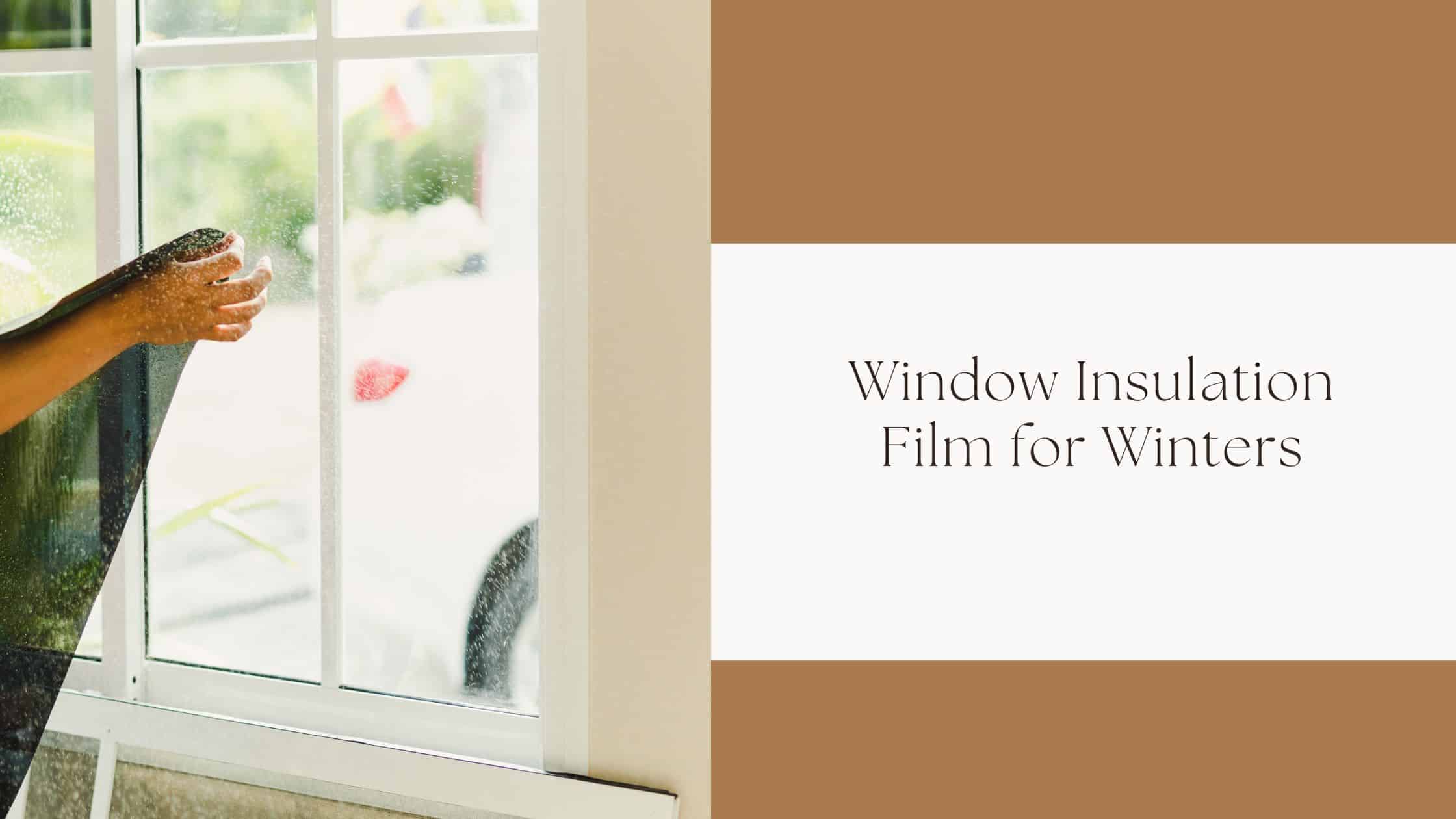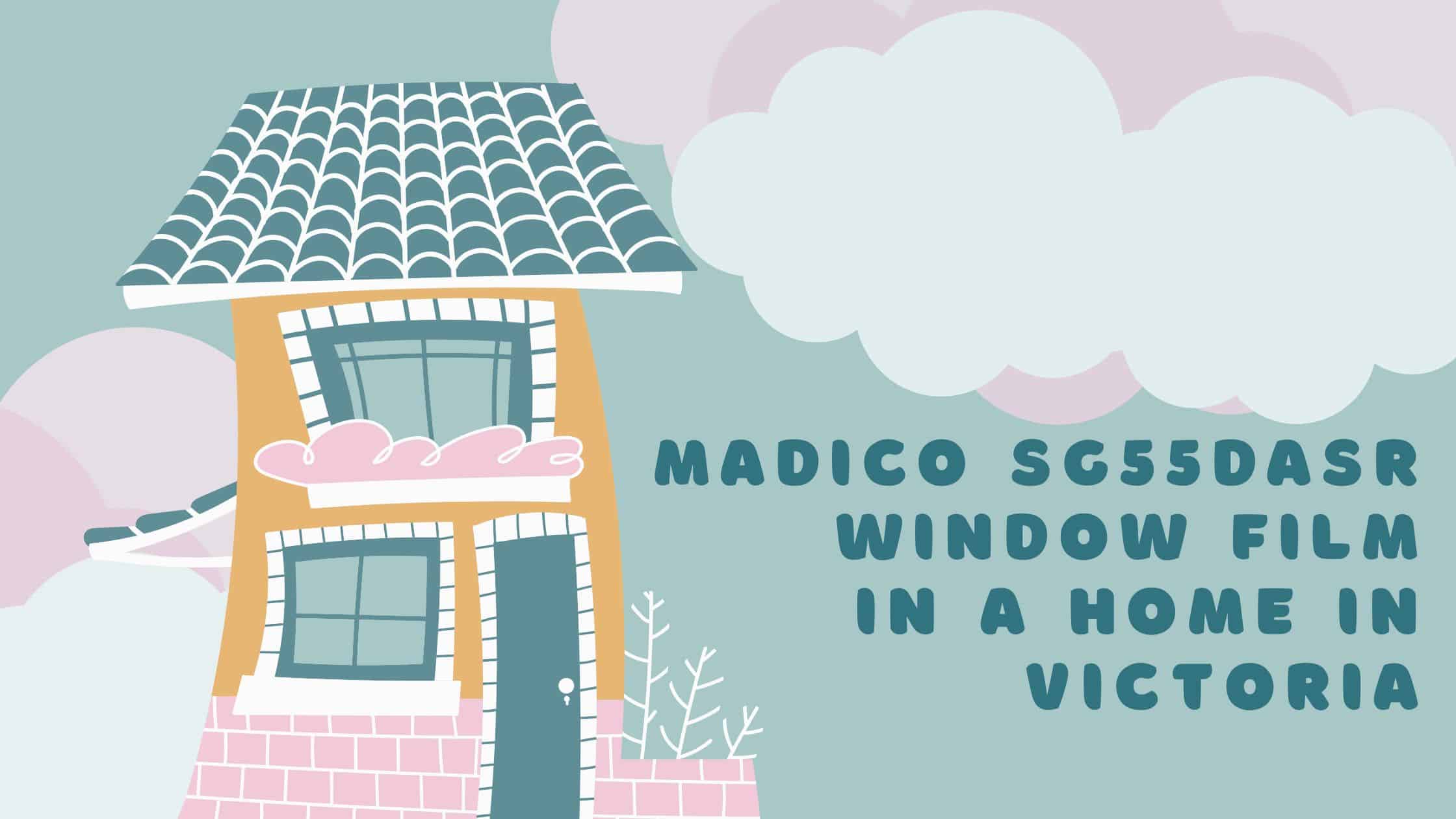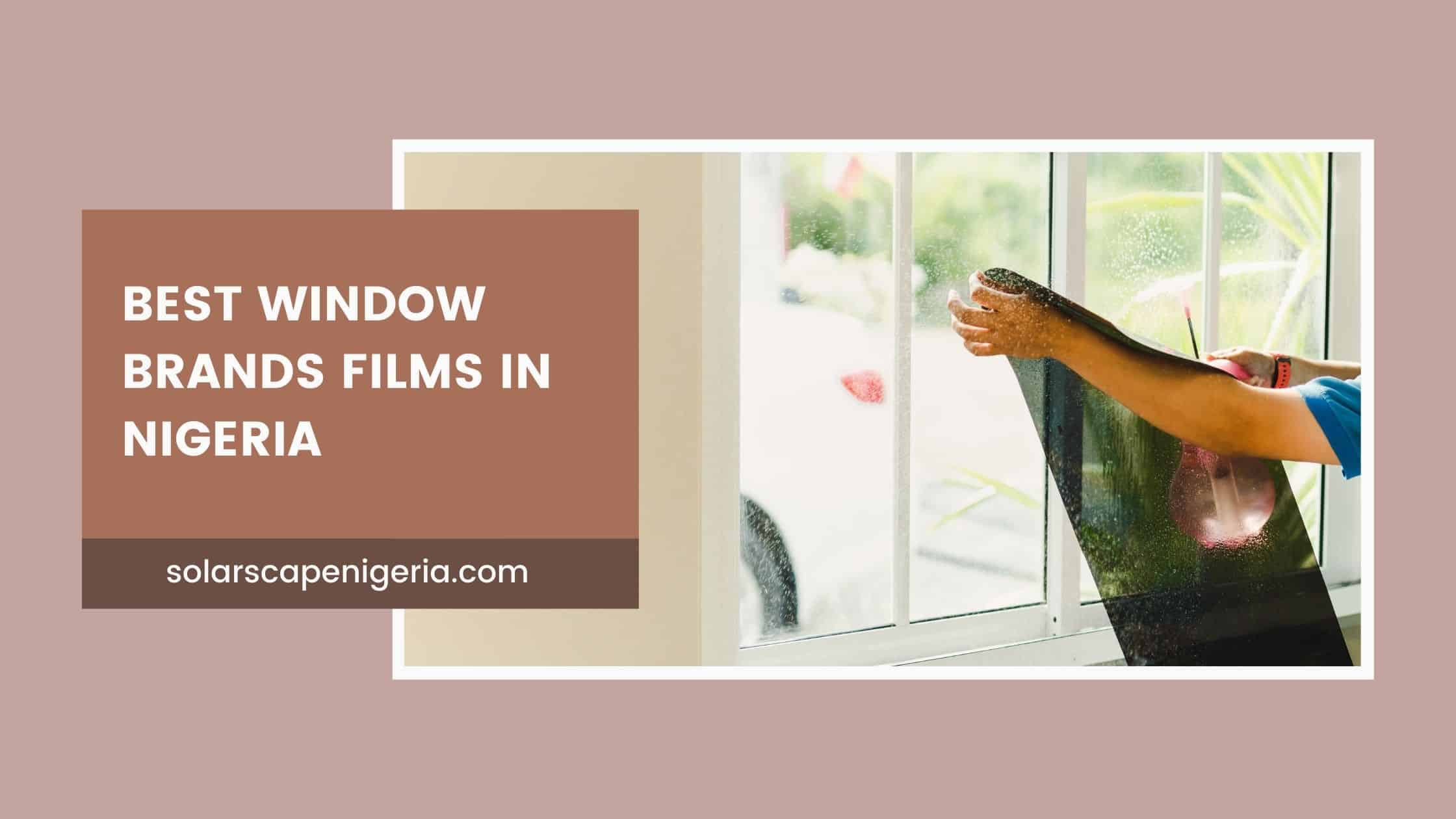When it comes to protecting our furniture, we often overlook a silent culprit: the sun’s harmful UV rays. These rays can wreak havoc on our cherished belongings, causing fading, discoloration, and deterioration. But fear not! There is a solution that can shield your furniture from this invisible threat – UV-blocking window film. In this article, we will delve into the world of UV rays, explore the benefits of window film, guide you in choosing the right film for your needs, provide installation and maintenance tips, and offer additional strategies for furniture protection. Let’s dive in!
Understanding UV Rays
Before we explore the wonders of UV-blocking window film, it’s crucial to understand the nature of UV radiation. UV rays are divided into three types: UVA, UVB, and UVC. UVA rays, although less intense, can deeply penetrate furniture materials, causing long-term damage. UVB rays, on the other hand, are responsible for sunburn and can also contribute to furniture fading. Lastly, UVC rays are the most dangerous but are fortunately blocked by the Earth’s atmosphere. It is primarily the UVA and UVB rays that pose a threat to our furniture.
What is UV-Blocking Window Film?
UV-blocking window film is a specially designed layer that is applied to windows to filter out harmful UV rays. Its purpose is to minimize the amount of ultraviolet radiation that enters your home, thus protecting your furniture from potential damage. This film acts as a sun shield for your windows, allowing natural light to pass through while blocking a significant portion of the harmful UV rays.
Benefits of UV-Blocking Window Film
Investing in UV-blocking window film can have numerous benefits for your furniture and overall home aesthetics. Firstly, it effectively prevents fading and discoloration of your beloved furniture, maintaining its vibrant and original beauty. Additionally, the film acts as a barrier, limiting the sun’s damaging effects on upholstery and materials, extending the lifespan of your furniture. By preserving your furniture, you also enhance its longevity and value, ensuring it remains an asset for years to come.
Choosing the Right UV-Blocking Window Film
There are various types and strengths of UV-blocking window films available in the market, so it’s important to choose one that suits your specific needs. Considerations such as transparency, tint, and aesthetics should guide your decision-making process. While you may opt for a film that offers maximum UV protection, it is essential to strike a balance with your desired level of natural light and visibility. Additionally, you can choose between professional installation or a do-it-yourself (DIY) approach, depending on your comfort level and preference.
Installation Process
The installation of UV-blocking window film requires a few steps to ensure maximum effectiveness. Firstly, clean the windows thoroughly to ensure a seamless and long-lasting application. Measure the dimensions of your windows and cut the film accordingly, allowing an extra inch for an error margin. Using a spray bottle filled with a mixture of water and mild soap, liberally spray the window surface and the sticky side of the film. Gently place the film on the window, smooth out any air bubbles, and use a squeegee to remove excess water. Finally, trim any excess film and allow it to dry completely before enjoying the benefits of your newly installed UV-blocking window film.
Maintaining UV-Blocking Window Film
Just like any other part of your home, UV-blocking window film requires regular cleaning and maintenance to ensure its optimal performance. To clean the film, use a soft, non-abrasive cloth or sponge with a mild cleaning solution. Avoid harsh chemicals or abrasive materials that can damage the film. Additionally, be mindful of any maintenance challenges such as scratching, peeling, or bubbling, and address them promptly. Should you encounter any issues, consult with a professional for guidance or consider seeking warranty assistance provided by the film manufacturer.
Also read this Blog – Solar Window Film: An Effective Way To Reduce Energy Consumption
Complementary Strategies for Furniture Protection
While UV-blocking window film is an excellent solution, there are other strategies you can employ to further protect your furniture. Utilizing window coverings such as blinds, curtains, or shades can provide an extra layer of defense against the sun’s rays. Carefully consider the placement and arrangement of your furniture in relation to windows, ensuring that direct sunlight is minimized. Additionally, explore other protective measures such as using UV-protective sprays or coatings on furniture surfaces or employing furniture covers for added shielding.
Cost and Return on Investment
When considering the cost of UV-blocking window film, it’s important to compare it to the potential expense of furniture replacement. While the upfront investment may seem significant, the long-term savings and value preservation make it a worthwhile endeavor. By shielding your furniture from the damaging effects of UV rays, you can significantly extend its lifespan, saving you from the hassle and cost of replacing cherished pieces.
Safety and Health Considerations
When selecting and installing UV-blocking window film, it is essential to ensure that it adheres to safety regulations. Verify that the film you choose meets recognized standards for fire safety and general use. Address any concerns you may have regarding compromised visibility or reduced natural light with your window film provider. They will be able to guide you in choosing a film that strikes the right balance between protection and the ambiance you desire.
UV-Blocking Window Film for Different Furniture Types
Different furniture types have distinct requirements when it comes to protection from UV rays. For wood furniture, it’s important to shield it from direct sunlight by placing it away from windows or applying protective coatings. Upholstery and fabric-based items should be safeguarded through the use of UV-blocking window film and additional measures like applying fabric protectors. Leather furniture requires specific care, including regular moisturizing and the application of specialized leather treatments, to ensure it remains pristine.
Also Read This Blog– Unveiling The Science Behind Heat Reduction With Window Film
Installing UV Film in Different Rooms
The appropriate installation of UV-blocking window film can vary based on the room and its specific needs. In living rooms and dens where furniture is often exposed to the sun, installing the film on windows can significantly reduce the risk of damage. Bedrooms, particularly those with valuable furniture, can greatly benefit from the installation of UV-blocking window film, safeguarding your investment while you rest. Sunlit home offices and studies also require furniture protection to combat the constant exposure to harmful UV rays.
Expert Advice and Industry Insights
To gain deeper insights into furniture preservation, it is always beneficial to consult experts in the field. Furniture preservation experts offer valuable advice on how to best protect your belongings from sun damage, guiding you in maximizing the effectiveness of UV-blocking window film. Professional interior designers can also provide recommendations on integrating window film into your home’s overall aesthetic while ensuring optimal protection for your furniture.
Environmental Impact of UV-Blocking Window Film
Apart from its furniture-preserving qualities, UV-blocking window film also boasts environmental benefits. By protecting your furniture from fading and deterioration, you simultaneously reduce the need for furniture replacements, ultimately minimizing your ecological footprint. When compared to alternative protection methods, such as using curtains or blinds, window film emerges as a more sustainable option, contributing to a greener future.
Potential Drawbacks and Limitations
While UV-blocking window film is an excellent solution, it’s important to acknowledge its potential drawbacks and limitations. Some films may reduce the clarity of your window view or slightly dim incoming natural light. However, advancements in technology have minimized these effects, ensuring a more seamless integration into your home. If the limitations of UV-blocking window film do not align with your preferences, alternative options such as UV-protective blinds or curtains can still provide adequate protection for your furniture.
Conclusion
Protecting your furniture from the damaging effects of UV rays is crucial for preserving its beauty and value. UV-blocking window film offers an effective solution, shielding your belongings from harmful radiation while still allowing in natural light. By preventing fading, limiting sun damage, and extending the longevity of your furniture, this film ensures your cherished pieces stay as vibrant as the day you acquired them. Embrace the power of UV-blocking window film and bid farewell to sun damage!




